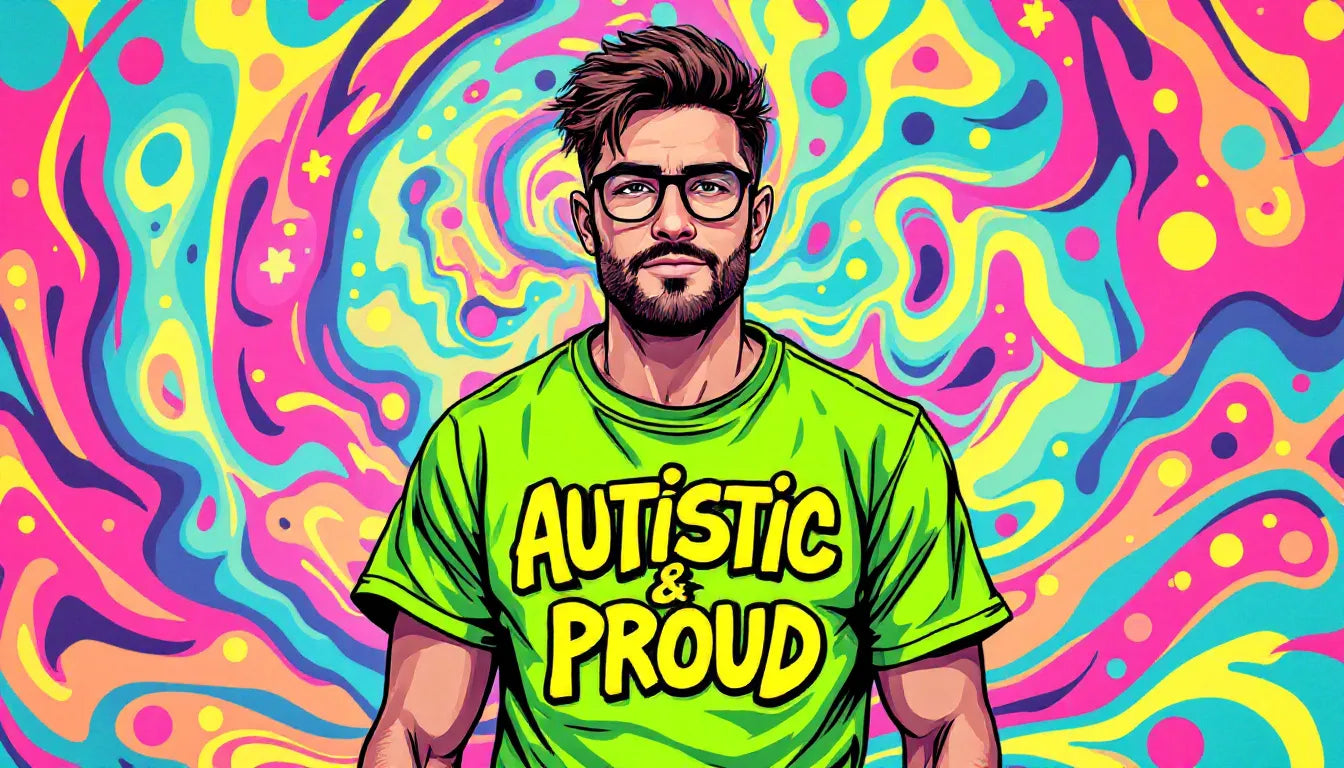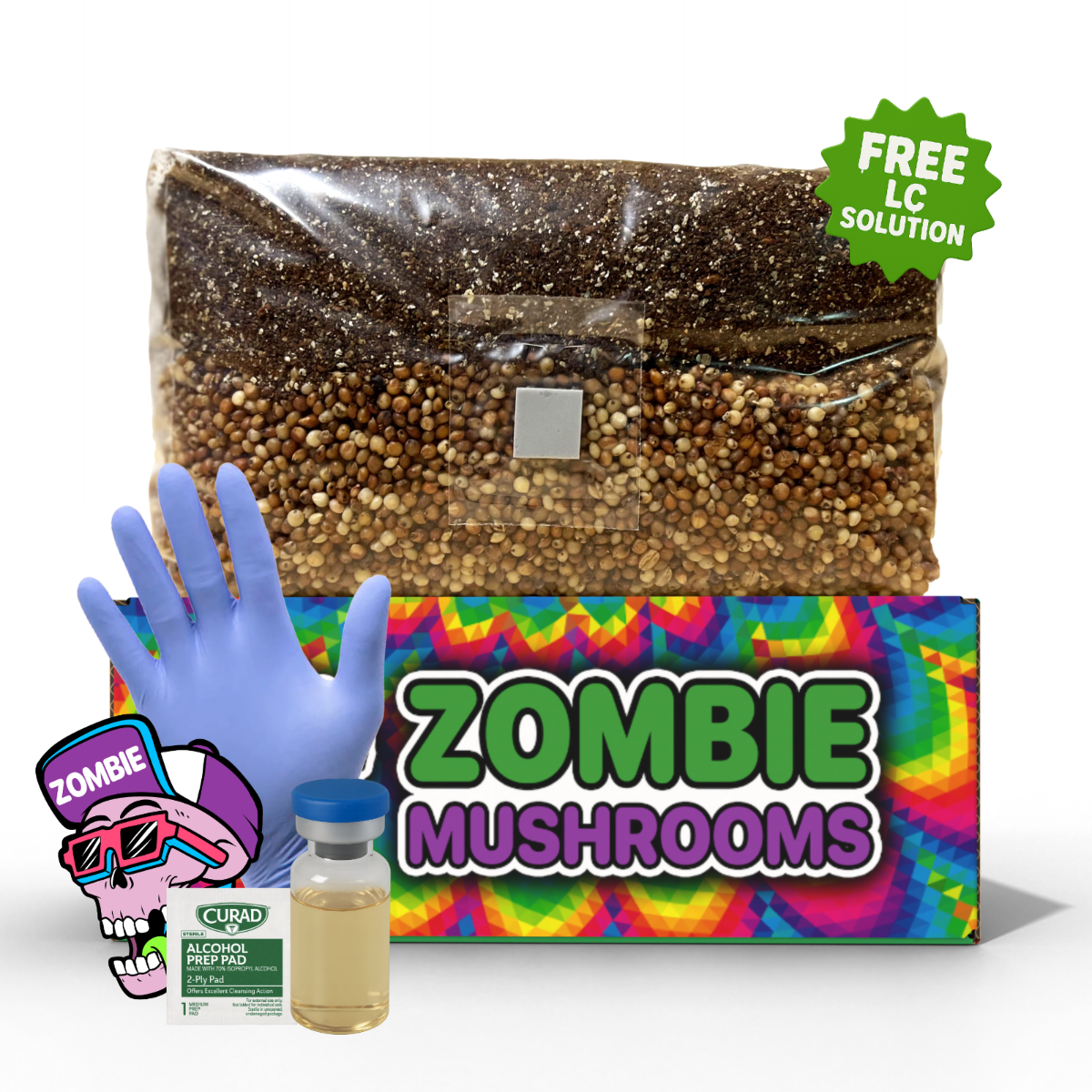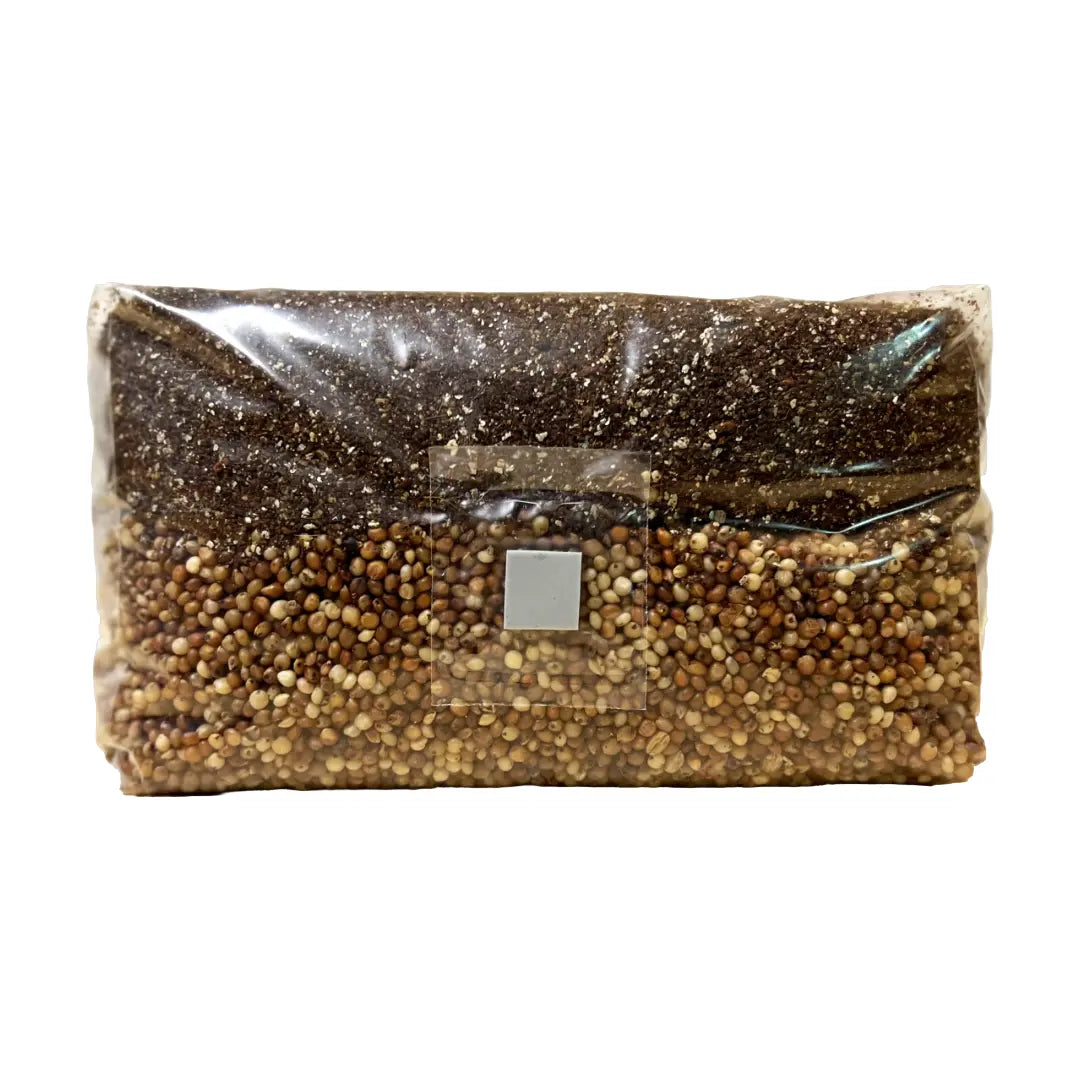-

🧠 A recent study suggests that psychedelic use may help autistic adults reduce distress and improve social engagement. - 💊 Researchers found that LSD and psilocybin had notable effects on anxiety, depression, and social interaction in autistic individuals.
- ⚠️ Around 20% of participants reported negative or distressing experiences, highlighting the need for careful consideration and safety measures.
- 🔬 The study relied on self-reports, underscoring the necessity of clinical trials to validate findings.
- 🌍 Ethical discussions around psychedelic therapy for autism emphasize avoiding narratives of "curing" autism while ensuring informed consent and safety.

Understanding Psychedelic Use in Autistic Adults: Potential Benefits and Risks
Autistic adults often face significant challenges, including high levels of anxiety, depression, and difficulties with social engagement. As research into psychedelic-assisted therapy expands, scientists are beginning to investigate whether substances like LSD and psilocybin (found in magic mushrooms) might help address some of these challenges. A recent study published in Psychopharmacology (Stroud et al., 2024) explored how autistic adults perceive the effects of psychedelics on their mental health and social experiences. Initial findings suggest potential benefits, but concerns around negative experiences and ethical considerations highlight the need for further research—similar to how careful preparation is needed when cultivating mushrooms responsibly with tools like a mushroom monotub kit.
What Are Psychedelics and How Do They Work?

Psychedelics are a class of psychoactive substances known for their profound effects on perception, cognition, and emotions. Classic psychedelics such as LSD, psilocybin, DMT, and mescaline primarily work by interacting with serotonin (5-HT2A) receptors in the brain. These interactions promote neuroplasticity, the brain’s ability to rewire and adapt, which researchers believe plays a role in psychedelics’ therapeutic effects.
Some of the well-documented effects of psychedelics include:
- Altered consciousness: Users experience changes in perception, thought patterns, and emotional processing.
- Ego dissolution: A diminished sense of self, which can result in profound personal insights.
- Enhanced emotional processing: Users may find it easier to confront past trauma or rigid thought patterns.
- Increased connectivity between brain regions: Psychedelics disrupt the brain’s default mode network (DMN), which is linked to self-referential thinking and social discomfort in autism.
These effects have led to increasing interest in psychedelics’ potential to treat conditions like depression, PTSD, and anxiety—challenges that many autistic adults experience.

Examining Psychedelic Use in Autistic Adults
The study by Stroud et al. (2024) involved an online survey of 233 autistic adults who had used psychedelics. The research team gathered data through social media, online forums, and communities focused on psychedelics and autism. Participants were asked about their mental health and social engagement before and after their experiences with psychedelics—mostly LSD or psilocybin.
The goal of the study was to understand whether psychedelics had long-term impacts on anxiety, depression, and social functioning in autistic adults.
Key Findings: How Psychedelics Affected Autistic Adults
The study’s findings suggest that many participants experienced significant benefits following psychedelic use:
- Reduced psychological distress: Over 80% reported lasting decreases in anxiety and depression.
- Lowered social anxiety: About 78% felt more comfortable in social situations post-experience.
- Improved social engagement: Around 70% noticed positive shifts in their ability to connect with others.
- Enhanced psychological flexibility: Participants reported a greater ability to adapt to changing situations and manage emotions.
- Greater satisfaction in relationships and sex life: Many noted deeper emotional connections and improved interpersonal relationships.
Potential for Reducing Restrictive Thinking and Sensory Sensitivities
Some participants reported a decrease in characteristically autistic traits, such as rigid thinking and hypersensitivity to stimuli. While some saw this as a positive shift that allowed them greater ease in social settings, this raises ethical questions about how psychedelics should be used in the autistic community. Rather than aiming to "normalize" autistic traits, psychedelic therapy may best serve as a tool for enhancing well-being and self-acceptance.

Risks and Negative Experiences Reported in the Study
While many participants had profoundly positive outcomes, about 20% reported significant negative effects from psychedelic use. These included:
- Overwhelming anxiety or distress: Some individuals found the experience too intense or emotionally distressing.
- Lingering psychological challenges: A portion of participants felt that difficult experiences during the trip persisted long after.
- Some described the trip as one of the most negatively impactful events of their lives.
These findings emphasize the importance of safe and informed use, particularly for individuals who may already be vulnerable to sensory overload or anxiety.

What Contributes to Positive vs. Negative Psychedelic Experiences?
The study analyzed factors that influenced whether participants had beneficial or challenging experiences with psychedelics:
- Psychological flexibility: The strongest predictor of reduced distress. Those who gained this ability found it easier to navigate emotions and social interactions.
- Mystical experiences: Profound, introspective experiences correlated with improved well-being but were not as strong predictors as psychological flexibility.
- Set and setting: Similar to findings in broader psychedelic research, a person's mindset (set) and physical/social environment (setting) played a key role in shaping outcomes.
Interestingly, experiencing intense or challenging trips did not necessarily lead to negative long-term effects. However, those who had distressing experiences were more likely to report lingering psychological difficulties.

Limitations and the Need for Further Scientific Research
As an observational study based on self-reports, this research has several limitations:
- Bias in participant recruitment: Many respondents were from pro-psychedelic communities, potentially skewing results towards positive experiences.
- Lack of clinical assessment: The study relied on self-reported perceptions rather than clinical evaluations.
- Survey modifications: Standard psychological scales were adapted, which may impact reliability.
- Cross-sectional design: The study did not track participants over time, so causality cannot be confirmed.
Given these limitations, clinical trials will be critical in determining how safe and impactful psychedelics can be for autistic adults.

Ethical Considerations in Psychedelic Therapy for Autism
Beyond potential benefits and risks, ethical concerns arise when discussing psychedelics in the context of autism:
- Safety concerns: Psychedelics can cause distress, especially in individuals with heightened sensory sensitivity. Research must ensure safe environments for administration.
- Avoid framing psychedelics as a "cure": The goal should be improved quality of life and mental well-being, not altering core autistic traits.
- Informed consent: Any psychedelic therapy must ensure that autistic individuals are fully educated about potential risks and benefits.

The Future of Psychedelic-Assisted Therapy for Autistic Adults
Though this study presents promising early insights, more rigorous scientific research is needed. The next steps include:
- Conducting clinical trials to assess the safety, efficacy, and best practices for psychedelic-assisted therapy.
- Examining long-term effects of psychedelics on autistic individuals' mental health.
- Involving autistic individuals in research design to ensure studies align with their needs and perspectives.
If psychedelic therapy for autism moves forward, it must be developed ethically, with safety as the top priority.
FAQ's
How do autistic individuals typically experience distress and social challenges?
Autistic individuals often struggle with heightened anxiety, depression, loneliness, and social communication difficulties.
What are psychedelics, and how do they work in the brain?
Psychedelics like LSD and psilocybin affect serotonin receptors, promoting neuroplasticity and altering perception and emotions.
What does the latest research reveal about psychedelic use in autistic adults?
A recent study found that many autistic adults reported reduced distress and improved social engagement after a significant psychedelic experience.
How might psychedelics contribute to reduced distress and increased social engagement?
By increasing psychological flexibility and altering rigid thought patterns, psychedelics may help individuals process emotions and engage more socially.
What are the potential risks or negative effects of psychedelic use among autistic individuals?
Around 20% reported negative effects, including overwhelming distress or anxiety, making safety precautions essential.
Citation
Stroud, J., Rice, C., Orsini, A., Schlosser, M., Lee, J., Mandy, W., & Kamboj, S. K. (2024). Perceived changes in mental health and social engagement attributed to a single psychedelic experience in autistic adults: Results from an online survey. Psychopharmacology. https://doi.org/10.1007/s00213-024-06685-8



